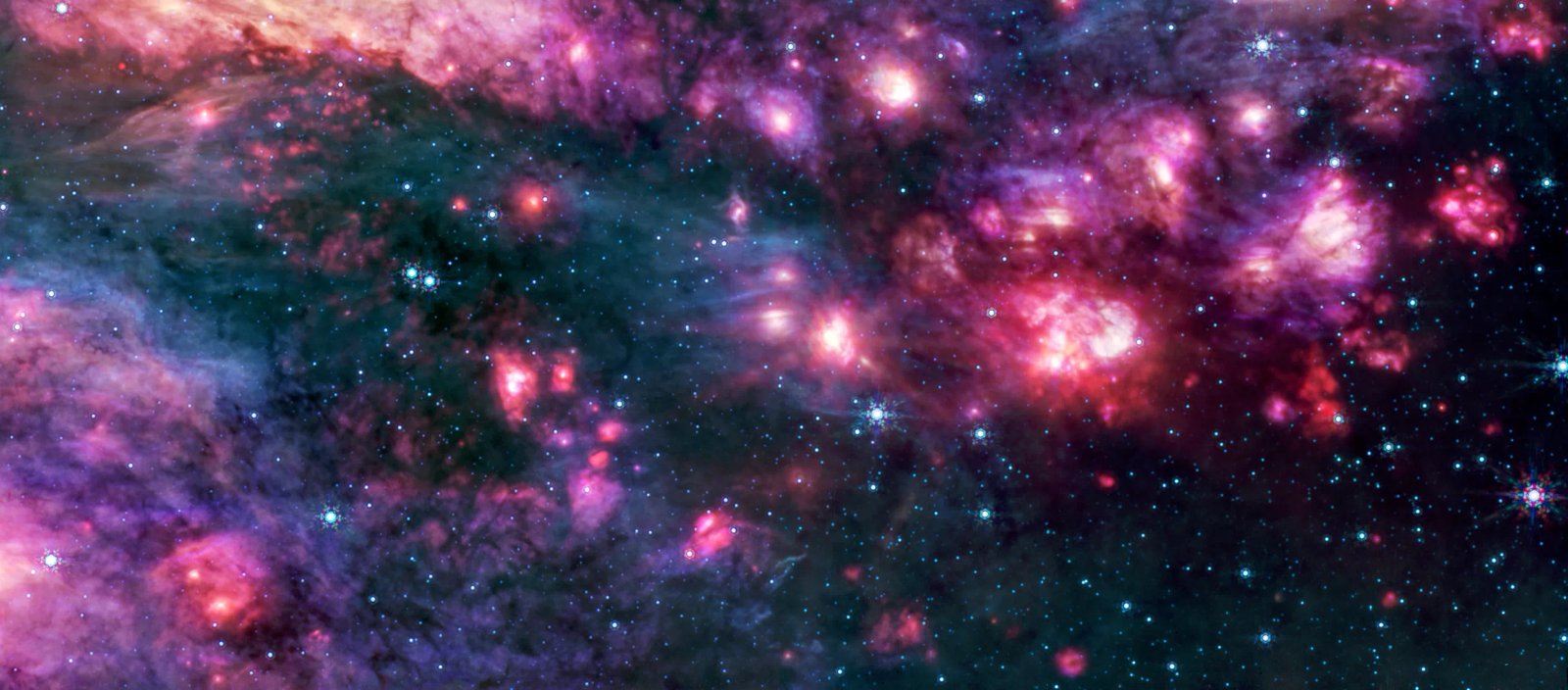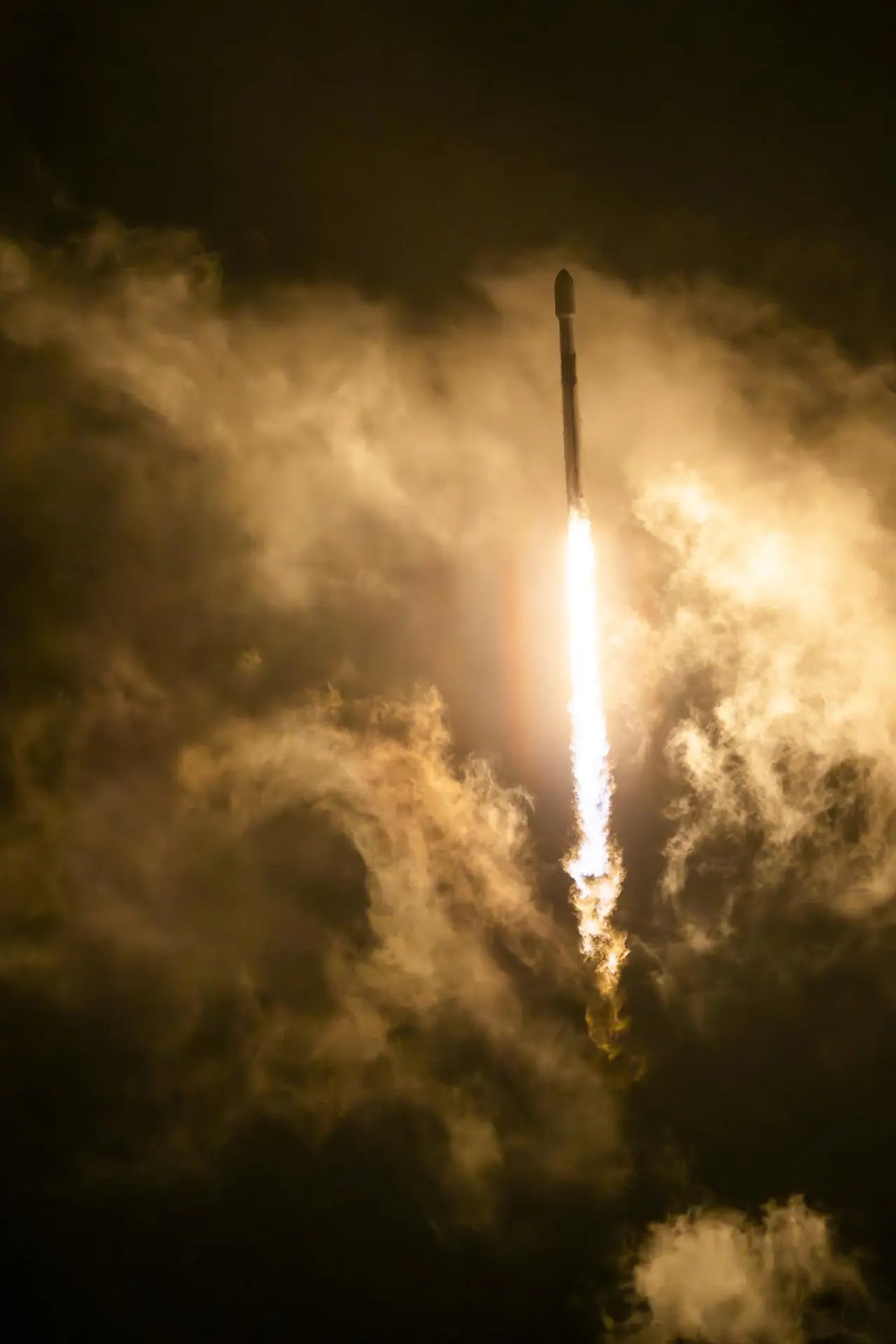The work done by NASA is the collective sum of our generation’s ability in mathematics, science and engineering. Built on the knowledge and lessons passed on to us from the previous one. This is where technology and human creativity delivers the best to solve the simplest and the most complex of problems.
NASA’s Juno spacecraft that is studying the planet Jupiter will be conducting its 16th pass at 5,053 kilometers above Jupiter’s cloud tops at a speed of 207,287 kilometers per hour. This 16th science pass of the gas giant will mark the solar-powered spacecraft’s halfway point in data collection during its prime mission.
Juno is in a highly-elliptical 53-day orbit around Jupiter. Each orbit includes a close passage over the planet’s cloud deck, where it flies a ground track that extends from Jupiter’s north pole to its south pole. This pass will mark has the halfway point for the Juno mission.
“Over the second half of our prime mission – science flybys 17 through 32 – we will split the difference, flying exactly halfway between each previous orbit. This will provide coverage of the planet every 11.25 degrees of longitude, providing a more detailed picture of what makes the hole of Jupiter tick.” said Jack Connerney, Juno deputy principal investigator from the Space Research Corporation in Annapolis, Maryland.
Juno was launched on Aug. 5, 2011, from Cape Canaveral, Florida, the spacecraft entered orbit around Jupiter on July 4, 2016. Its science collection began in earnest on the Aug. 27, 2016, flyby. During these flybys, Juno’s suite of sensitive science instruments probes beneath the planet’s obscuring cloud cover and studies Jupiter’s auroras to learn more about the planet’s origins, interior structure, atmosphere and magnetosphere.
“We have already rewritten the textbooks on how Jupiter’s atmosphere works, and on the complexity and asymmetry of its magnetic field,” said Scott Bolton, principal investigator of Juno, from the Southwest Research Institute in San Antonio. “The second half should provide the detail that we can use to refine our understanding of the depth of Jupiter’s zonal winds, the generation of its magnetic field, and the structure and evolution of its interior.”
Two instruments aboard Juno, the Stellar Reference Unit and JunoCam, have proven to be useful not only for their intended purposes, but also for science data collection. The Stellar Reference Unit (SRU) was designed to collect engineering data used for navigation and attitude determination, so the scientists were pleased to find that it has scientific uses as well.
“We always knew the SRU had a vital engineering job to do for Juno,” said Heidi Becker, Juno’s radiation monitoring investigation lead at NASA’s Jet Propulsion Laboratory in Pasadena, California. “But after making scientific discoveries in Jupiter’s radiation belts and taking a first-of-its-kind image of Jupiter’s ring, we realized the added value of the data. There is serious scientific interest in what the SRU can tell us about Jupiter.”
There is a common misconception that NASA is consuming a huge budget. Compared to mid 1960’s when NASA was receiving 4.5% of total Federal Budget, today’s NASA does all the work with a 0.5% of Federal Budget allocation.
All this science and research that gives us makes us better and giving our existence a purpose that is greater than our primal instincts – all of it comes from this ½ percent investment. It is this investment that has made United States a leading nation in the field of science.
Imagine for a moment if all the nations of the world competed with each other in space exploration as we compete in military prowess, imagine where the humankind would be today.
It is enchanting to see some of the pictures Juno has sent back home and it seems that mission is evolving and impacting our lives.
I try to write about space science developments on my website, one for referencing back when you are writing something or researching, and two to share with everyone.
If you like this story you should check out some of the other stories in the Space
To check the original story Click here






